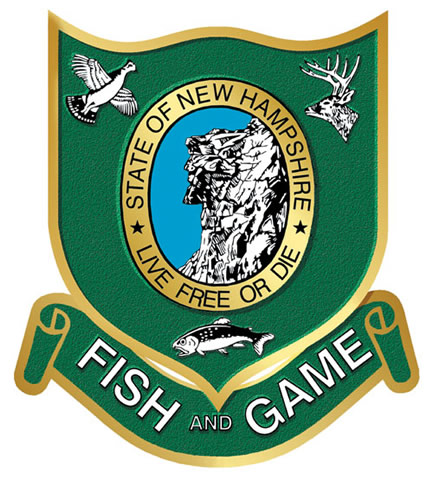Description du projet (anglais)
The NH Fish and Game Department partnered with other agencies to research wildlife corridors in New Hampshire, focusing on identifying (1) existing and needed wildlife corridors, (2) voluntary mechanisms that affect wildlife corridors and (3) any existing statutes, rules and regulations that affect wildlife corridors. To identify existing and needed wildlife corridors in New Hampshire, the planning team compiled and summarized numerous on-going and completed efforts. For example, the NH Wildlife Connectivity Model predicts wildlife connectivity zones and identifies both key areas for land protection efforts and strategic locations for restoring connectivity. Other efforts to identify existing and needed wildlife corridors have included field research looking for tracks, camera-trapping, reports of sightings by the public, and checking the connectivity at culverts and bridges. Many regional conservation plans use these mapped corridors to highlight connectivity as a land conservation priority. Voluntary mechanisms that affect wildlife corridors include land conservation and management mechanisms (fee acquisition, conservation easements, cooperative management agreements, current use program), technical assistance opportunities, and available land acquisition and restoration funding. In New Hampshire, there are limited regulations pertaining directly to wildlife corridors.
Description du projet (français)
Organisation principale responsable du projet
New Hampshire Fish and Game

Organisation(s) partenaire(s)
New Hampshire Department of Environmental Services


Fait partie d'un réseau plus large
Statut du projet
En cours
Date de début du projet
2006
Écosystème(s) concerné(s)
Agricole
Forestier
Catégorie(s) d'actions liées à la connectivité
Établissement de noyaux prioritaires
Recherche (Évaluation de la connectivité fonctionelle)
Couverture taxonomique
Mammifères
Oiseaux
Amphibiens
Reptiles
Étendue géographique
Région(s)
New Hampshire
Reports, publications or pictures
